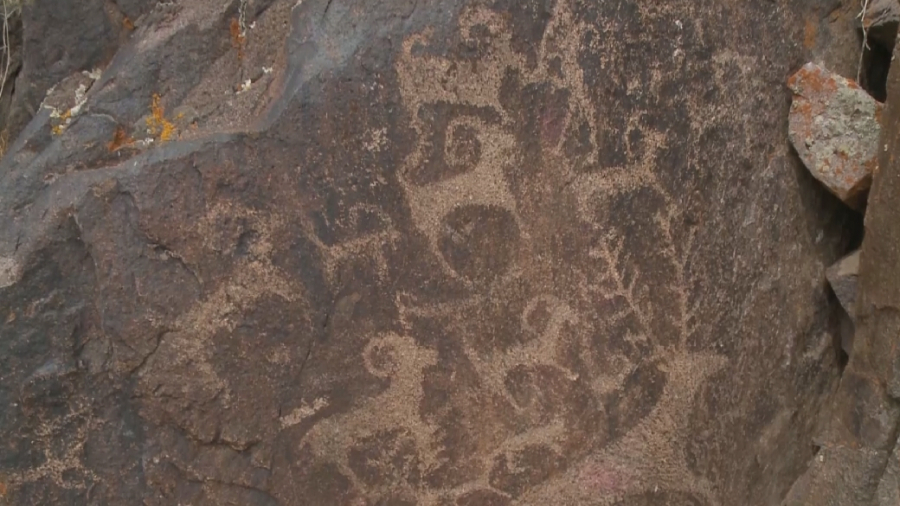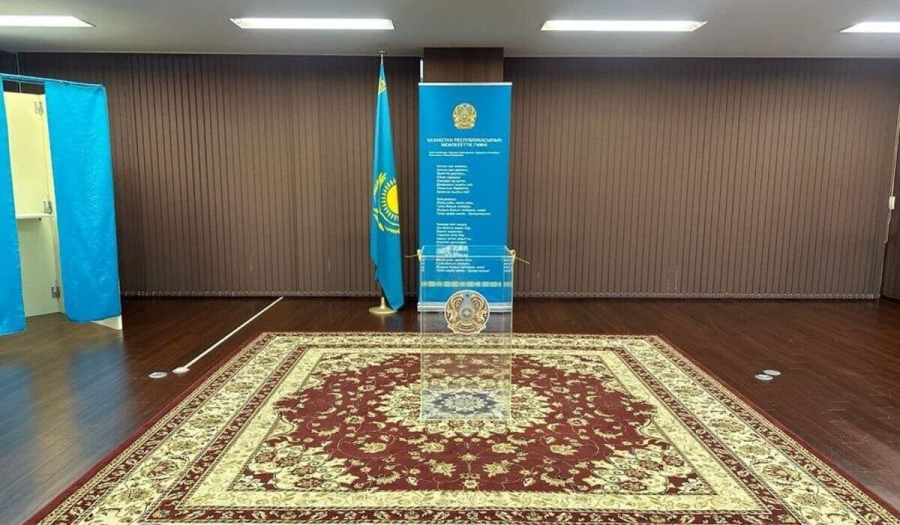
New exotic plants will soon appear on the streets of Kazakhstan’s capital. These are trees from European forests and rare representatives of the flora listed in the Red Data Book. Kazakh scientists breed them in laboratories for the purpose of adapting them to the local climate. Sometimes the efforts of a whole team of experts are required in order to grow even the smallest seedling.
“Our main task and goal is to use special biotechnological methods for propagation of plants that otherwise reproduce poorly. That is, either these are rare plants and it is hard to collect many seeds, or these are the plants that propagate only clonally and have no seeds at all. We send them to the Botanical garden of our First President, to the organization, which is engaged in planting greeneries throughout the city. It mainly has plants that are valuable or that are aesthetically beautiful. For example, Niedzwetzky’s apple is blooming here,” said Yerlan Ramankulov, Director General of the National Center for Biotechnology.
Last fall, 62 species of trees were planted in the Botanical Garden. Among them are the Scandinavian birch Betula dalecarlica, the Thunberg’s barberry, Malus Sieversii. The homeland of these black walnuts brought from the Altai botanical garden is North America. The seedlings should be planted on the territory of the capital’s botanical park next year.
“The Botanical garden was created in 2018 on behalf of the First President. To date, the botanical garden has 136 species of tree and shrubbery plants. 33 of them are conifers. 103 species are deciduous,” said Nurbolat Kuanyshbayev, Head of Dendrology Laboratory at Nur-Sultan Botanical Garden.









